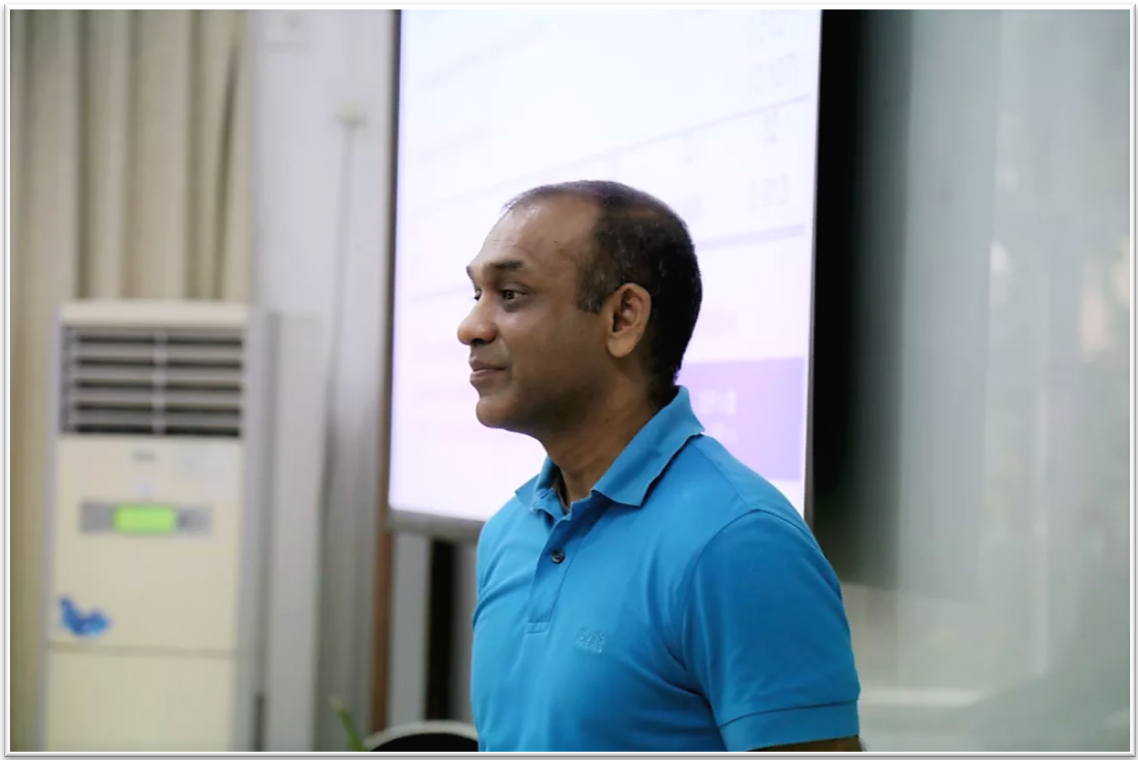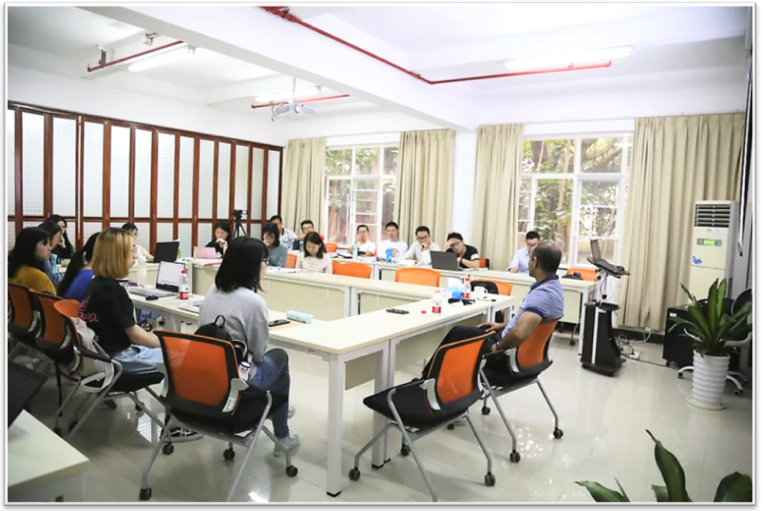Low Tuck Kwong Distinguished Professor at National University of Singapore and IESR Special-Term Professor Sumit Agarwal has paid a one-week visit to our Institute on October 22–25, 2018. During his stay, the economist gave our students two different courses – “Access to Finance/Credit, Banked and Unbanked”, and “Consumption and Debt response to Monetary Policy: The Debt Service Channel”, each of them centering on two of his latest studies.

Sumit Agarwal
The first one was based on the collaborative study Sumit Agarwal has done in 2017 – “Banking the Unbanked: What do 255 Million New Bank Accounts Reveal about Financial Access?”, which looks deep into the question of how the access to formal financial products may impact households. Taking India as the case study, the paper uses micro and regional data to evaluate household usage of banking services and lending patterns around the largest financial inclusion program in the world – Pradhan Mantri Jan Dhan Yojna (JDY), leading to 255 million new bank account openings with 77% of them maintaining positive balance. Sumit Agarwal points out to the apparent contradiction between the dramatic increase of bank account openings in India over the last few years, and prevalent inactivity of the very same bank accounts – the contradiction which then slowly diminishes as bank account usage gradually converges to that of non-JDY households (banked households without direct government intervention) due to the familiarity with banking services the individuals gained over time. The study also looks into the regional variation in financial access, which showed that regions more exposed to JDY saw an increase in risky lending and spending for health-related reasons .

Sumit Agarwal gives IESR students a course
In his other course, Sumit Agarwal revealed the findings of his latest collaborative research – “Consumption and Debt response to Monetary Policy: The Debt Service Channel”, which revolves around China’s monetary policy in 2008 and its unexpected interest rate cut (that resulted in exogenous shock for homeowners with mortgage), thus trying to understand how monetary policy stimulates household consumption. To do that, the authors leave traditional channel (intertemporal substitution) aside, and take the debt service channel instead – effect of monetary policy on disposable income through the cost of serving household debt. This study applies difference-in-differences (DID) model to learn pure effect of monetary policy shock on household monthly consumption, debt and delinquency. The authors find that compared with home-owners without mortgage, those with mortgage increase their credit card spending by 7.1% (7.7%) after the announcement (mortgage rate reset). What is more, the marginal propensity to consume (MPC) through credit card spending is 0.43–0.54. Authors also observe the decrease of credit card delinquency and the symmetric consumption decrease following an interest rate rise. The study also finds out a heterogenous consumption response – the consumption was stronger among credit constraint consumers and equally strong consumption increase among cash-on-hand constraint consumers (mainly concentrated in the post-reset period). Finally, the study proves that consumption in this case cannot be explained by other channels (e.g. wealth channel, intertemporal substitution channel, contemporaneous fiscal policy, or credit supply channel).
As usually, IESR students attended Sumit Agarwal's courses with a huge thirst for knowledge. IESR faculty was also very excited once again seeing their colleague here at the Institute. We already looking forward to the next time!


